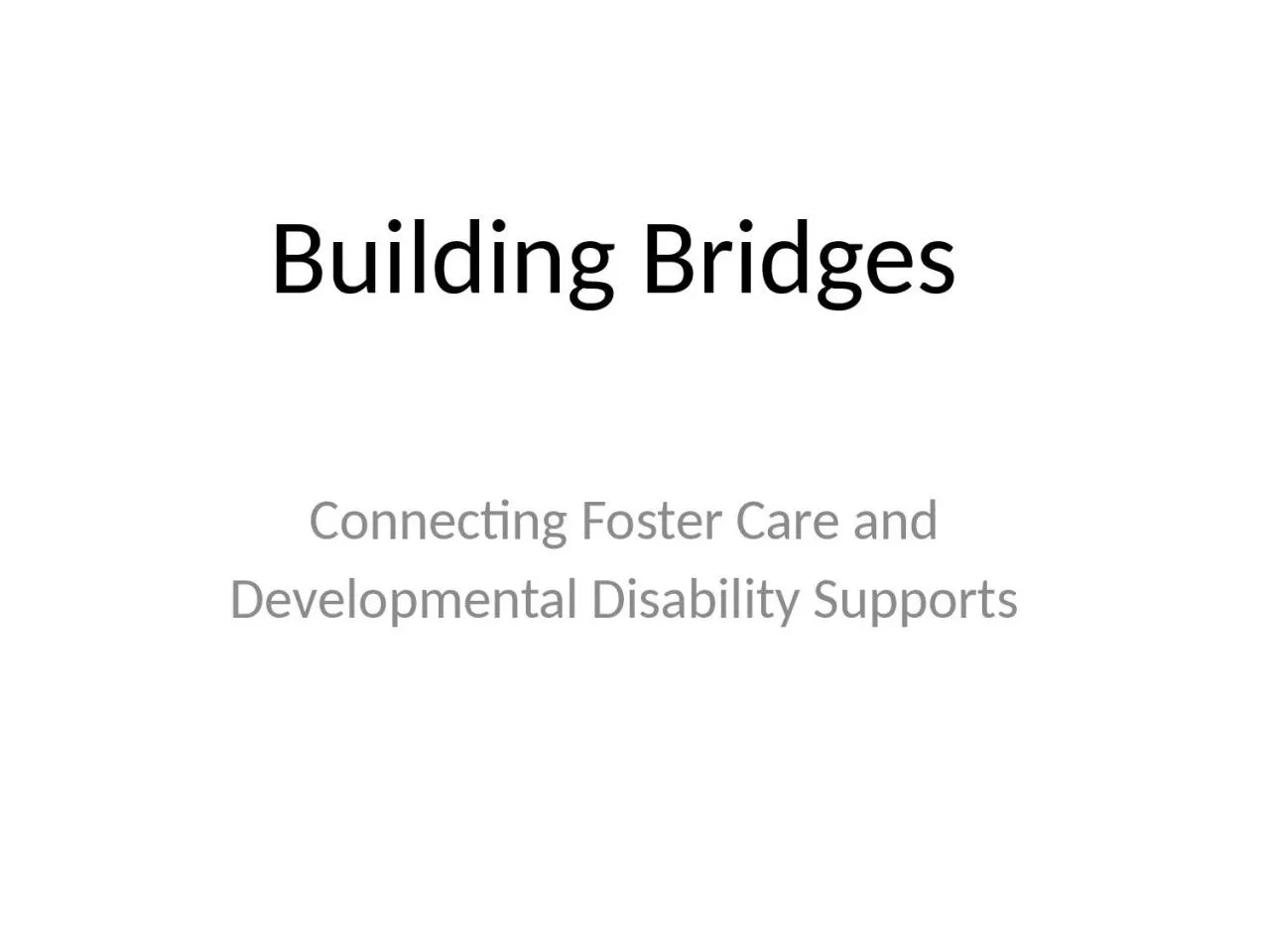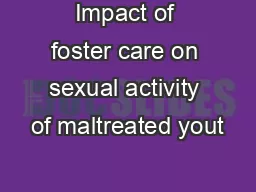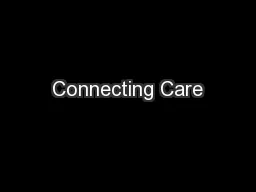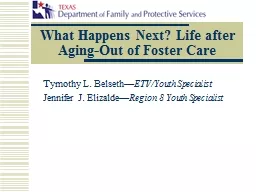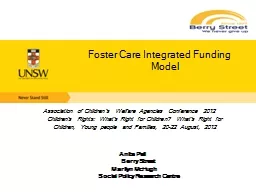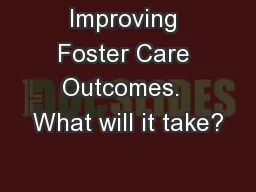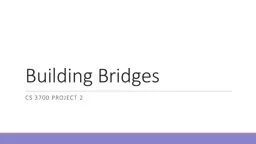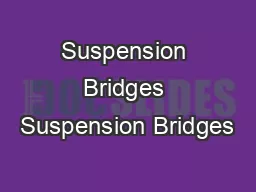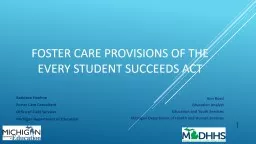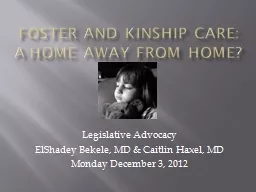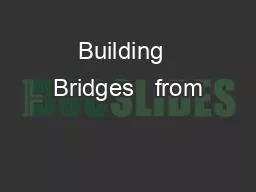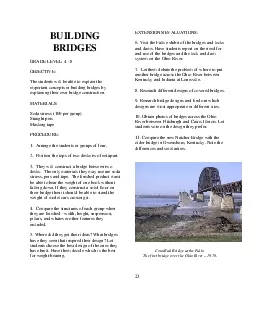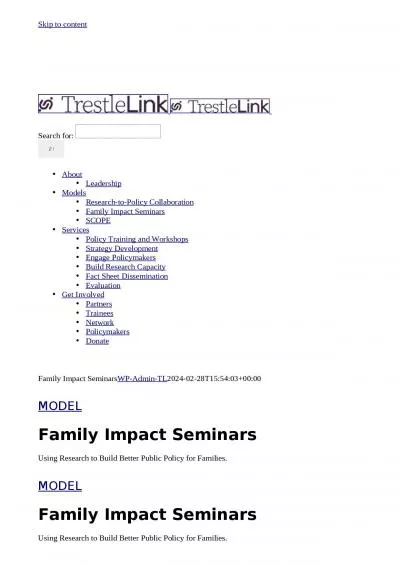PPT-Building Bridges Connecting Foster Care and
Author : emma | Published Date : 2024-03-13
Developmental Disability Supports Who contributed Katharine Hill Assistant Professor University of St CatharinesUST School of Social Work Anni Simons Senior Policy
Presentation Embed Code
Download Presentation
Download Presentation The PPT/PDF document "Building Bridges Connecting Foster Care ..." is the property of its rightful owner. Permission is granted to download and print the materials on this website for personal, non-commercial use only, and to display it on your personal computer provided you do not modify the materials and that you retain all copyright notices contained in the materials. By downloading content from our website, you accept the terms of this agreement.
Building Bridges Connecting Foster Care and: Transcript
Download Rules Of Document
"Building Bridges Connecting Foster Care and"The content belongs to its owner. You may download and print it for personal use, without modification, and keep all copyright notices. By downloading, you agree to these terms.
Related Documents

